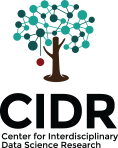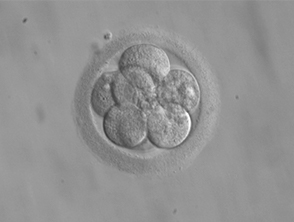by Sondra Turjeman
The field of ecology has rapidly joined the ranks of big data sciences employing a wide array of data-heavy tools from remote sensing of environments to genomic studies of population dynamics. A field once dominated by observations and manipulation experiments is now quickly developing into a data-rich science and ecologists are being challenged to expand their analytic toolkits to keep up.
Work in Prof. Ran Nathan’s Movement Ecology Lab at the Hebrew University of Jerusalem, provides an example of taking birding to the next level, using data loggers to track wild birds remotely as they migrate from Europe to Africa and back. Amongst other things, loggers collect GPS and tri-axial accelerometer (ACC) data: GPS data provides the “where” of the bird and ACC can provide the “how”, or behavior.
ACC data, as they relate to force and energy, can be easily applied as a proxy for energy expenditure. They can also be used to classify bird behaviors, but these must be validated with observations of tagged birds in the field, and supervised learning approaches can be tedious to implement, thus limiting application amongst ecologists.
Dr. Yehezkel Resheff, Dr. Shay Rotics, Dr. Roi Harel, Dr. Orr Spiegel, and Prof. Ran Nathan, all then at the Hebrew University, recently vastly improved the accessibility of behavioral classification from remote sensing loggers, developing a broadly applicable classification tool implemented in a user-friendly web app1. AcceleRater, as it is called, can rapidly train, visualize and implement seven models (e.g. decision tree, artificial neural network) for supervised learning of behavioral modes from ACC measurements.
This tool has shown growing popularity amongst ecologists with AcceleRater or similar methods already being applied to a range of species including white storks, polar bears, sea turtles, and cows, and extensions are already being developed. More recently, Resheff and his collaborators, along with Prof. Daphna Weinshall, of the School of Computer Science and Engineering at the Hebrew University, developed an unsupervised method of analysis of behavioral modes through acceleration recordings that does not rely on labeled data built on thousands of field observations 2,3.
The possibilities are endless when the reach of our “binoculars” expands beyond our backyards. Remote tracking provides a glimpse of bird biology in far-away places, and advanced analytical implementations strengthen the foothold of these new research tools in the ever-important fields of ecology, conservation, and wild-life and resource management.
1. Resheff et al. 2014:
https://movementecologyjournal.biomedcentral.com/articles/10.1186/s40462-014-0027-0
2. Resheff et al. 2015: https://ieeexplore.ieee.org/document/7344781
3. Resheff et al. 2016: https://link.springer.com/article/10.1007/s41060-016-0003-4






